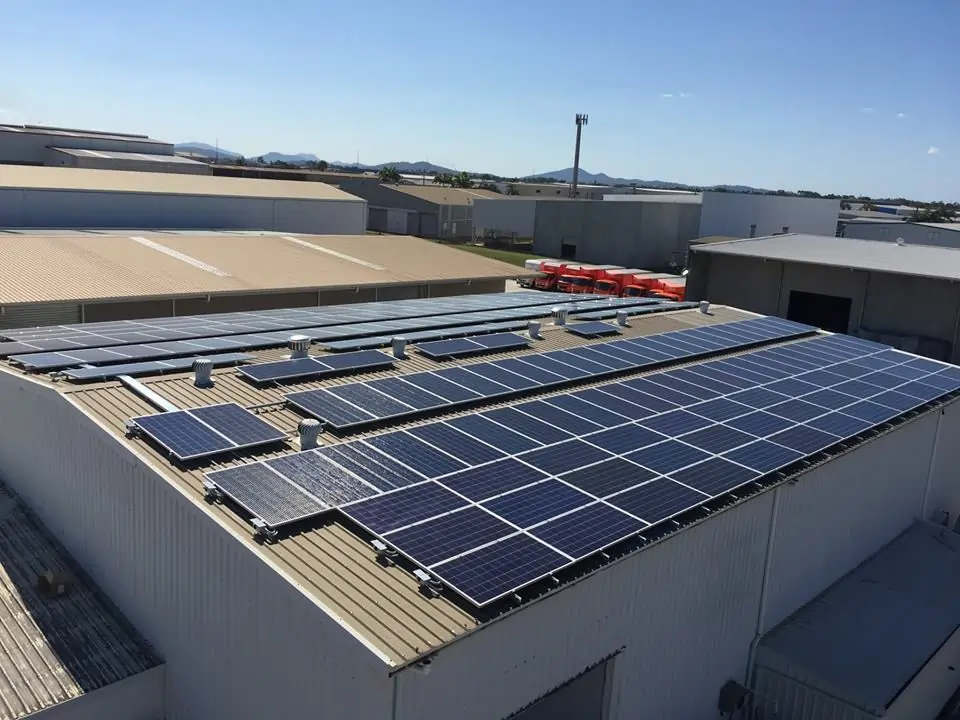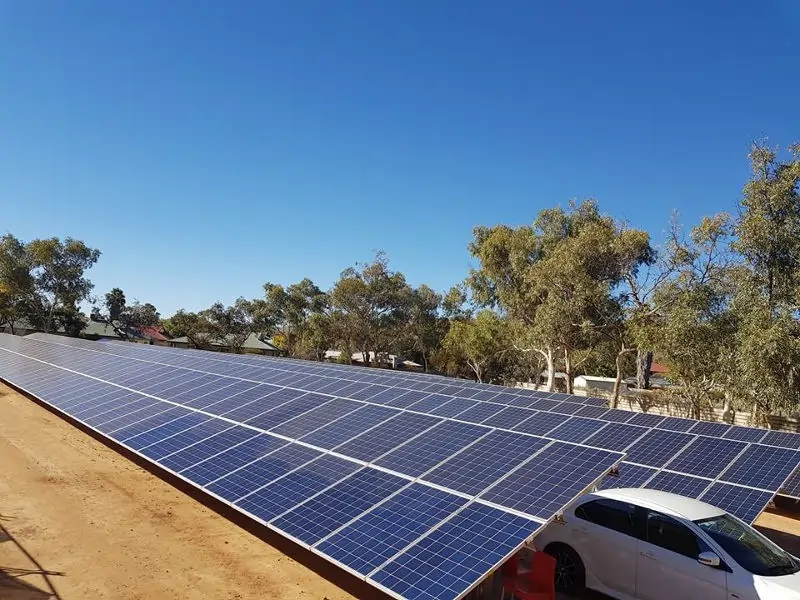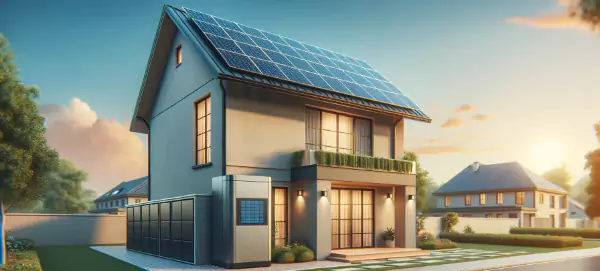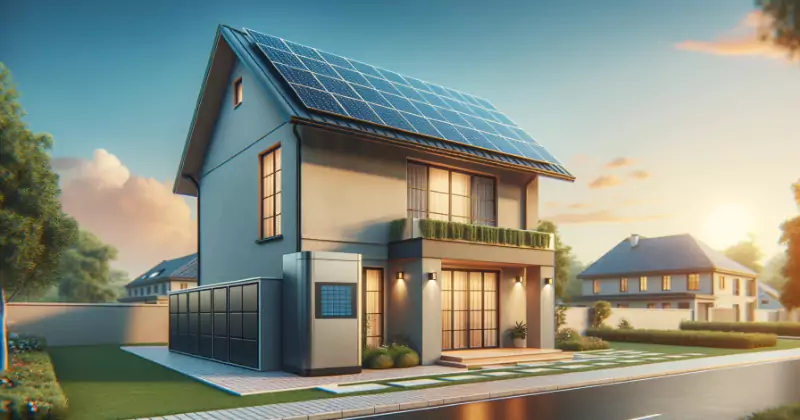Solar power systems have become an increasingly popular way to generate electricity for homes and businesses in Australia. One important consideration when installing a solar power system is whether to install the panels on the ground or on a rooftop. For most people living in urban areas, there is no choice; it's on the roof or no solar at all. While the solar panels used in ground and roof systems are the same, there are differences in the racking system setup and various advantages and disadvantages to each installation type.
Rooftop Solar Panels
Rooftop solar panel systems are commonly installed in suburban and urban areas with limited ground space. A major advantage of rooftop systems is that they are installed higher up and have fewer shading problems. Shading can significantly impact a solar panel system's productivity and payback time.
Also, rooftop systems offer improved security and safety as the photovoltaic technology, components, wiring, connections, and power inverters are less accessible to unauthorised personnel. This reduces the risk of damage or theft of the equipment.
However, there are also some disadvantages to rooftop installations. The initial installation cost may be higher than ground-mounted systems, especially if the roof is difficult to access. Additionally, the roof structure must support the weight of the solar panels, racking system, and installation crew. This can limit the number of panels that can be installed on a given roof, potentially reducing the overall energy output of the system.

Ground-Mounted Solar Panels
Ground-mounted solar power systems are typically less expensive to install compared to rooftop systems. This option best suits rural properties, farms, or large urban blocks with unused land. Renewable energy companies specialising in energy generation often opt for large-scale ground-mounted systems.
Ground-mounted systems can be adjustable to optimise sun exposure and are compatible with solar trackers, which are not typically supported by rooftop structures. This can increase the system's energy output and improve its overall efficiency.
However, ground-mounted systems may require more land area and may be susceptible to shading from nearby trees or structures. Additionally, the installation process may require digging or trenching to bury electrical cables, which can be more time-consuming and expensive than a rooftop installation.

Conclusion
In summary, rooftop and ground-mounted solar panel systems have advantages and disadvantages. Rooftop installations are best suited for urban areas with limited ground space, and where possible, shading is a concern. Ground-mounted systems are ideal for rural properties and large urban blocks with unused land. Ultimately, the choice of installation method will depend on the specific needs and circumstances of the property owner. It is recommended to consult with a professional solar installer to determine the best option for your particular situation.

